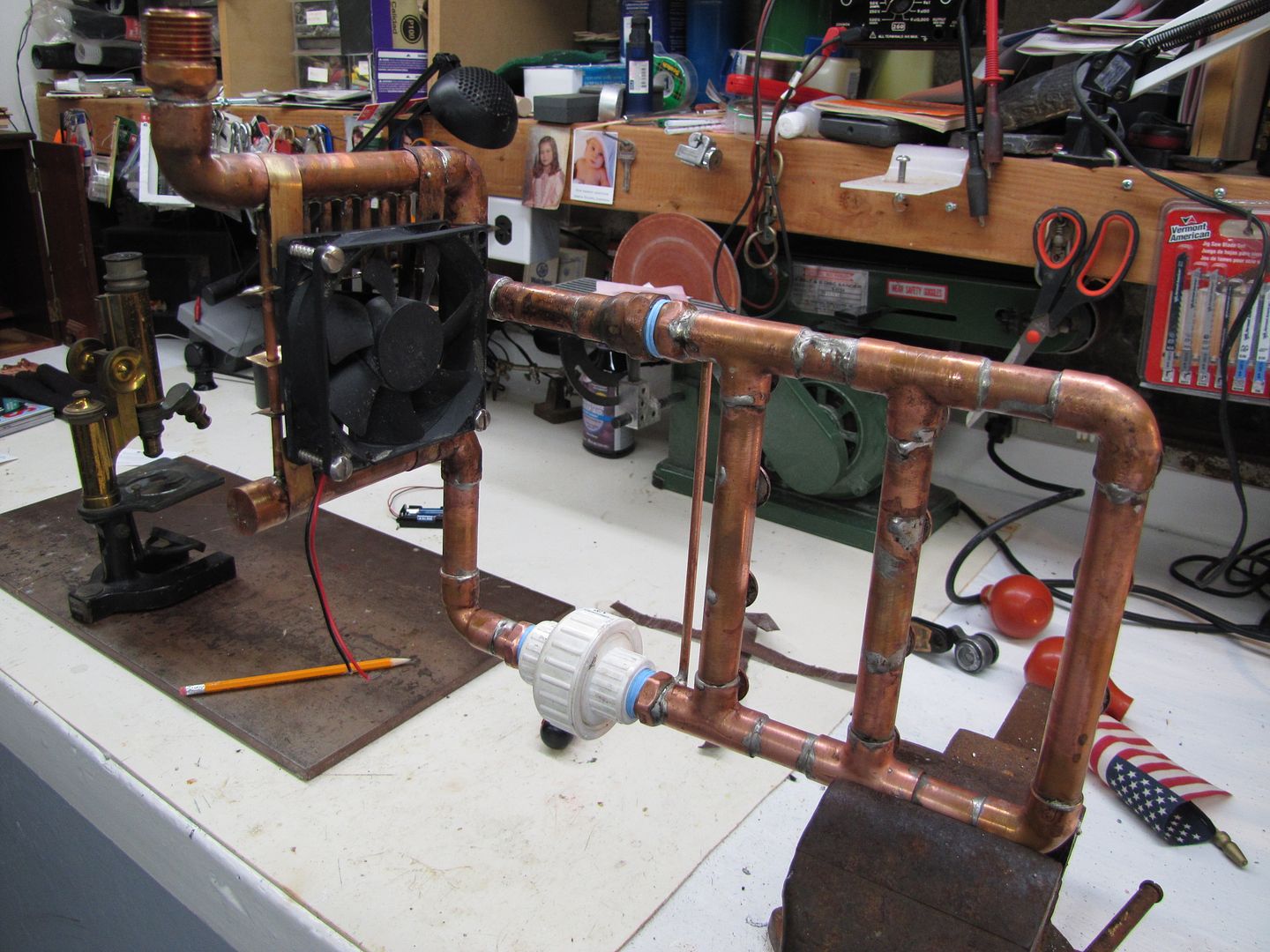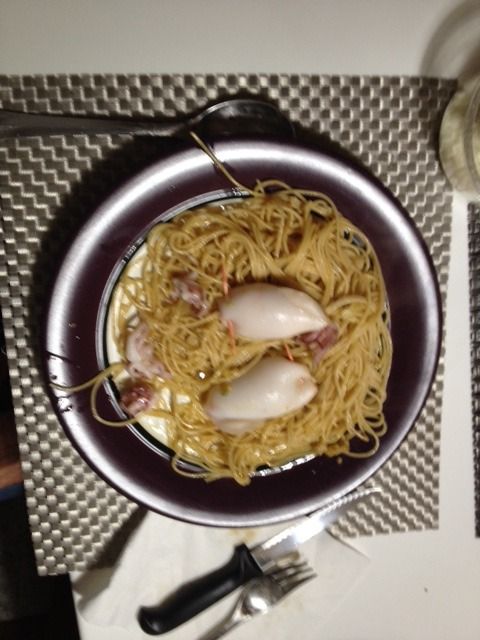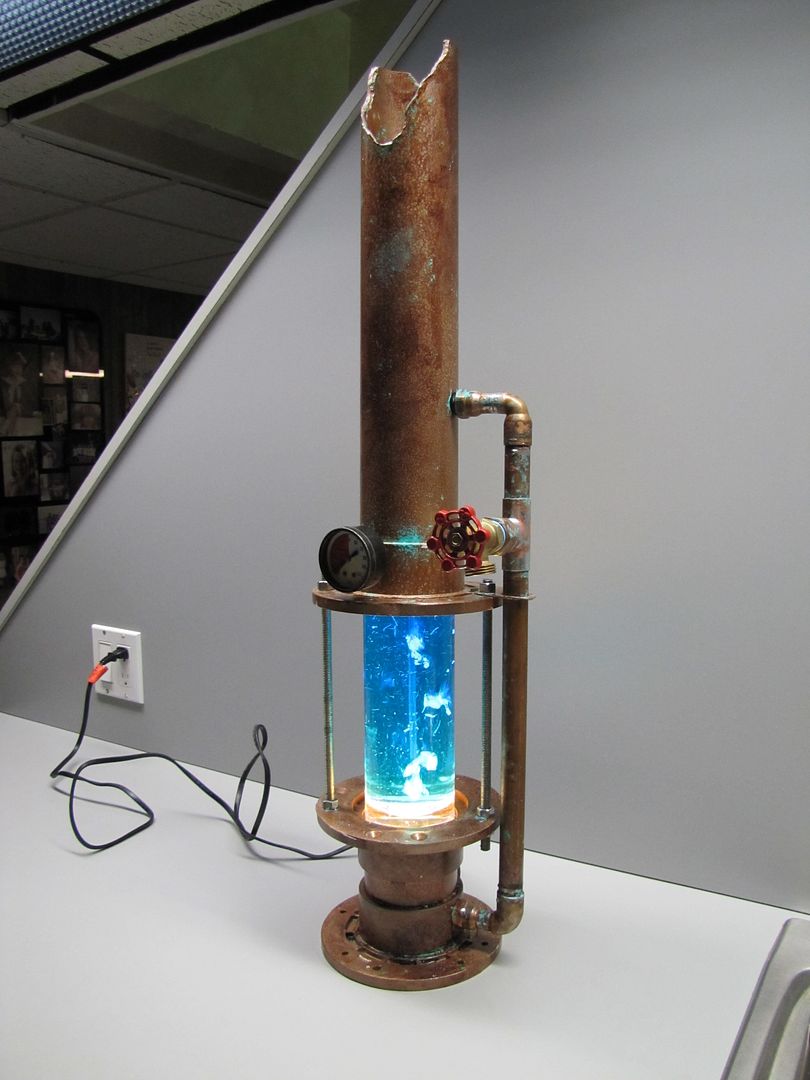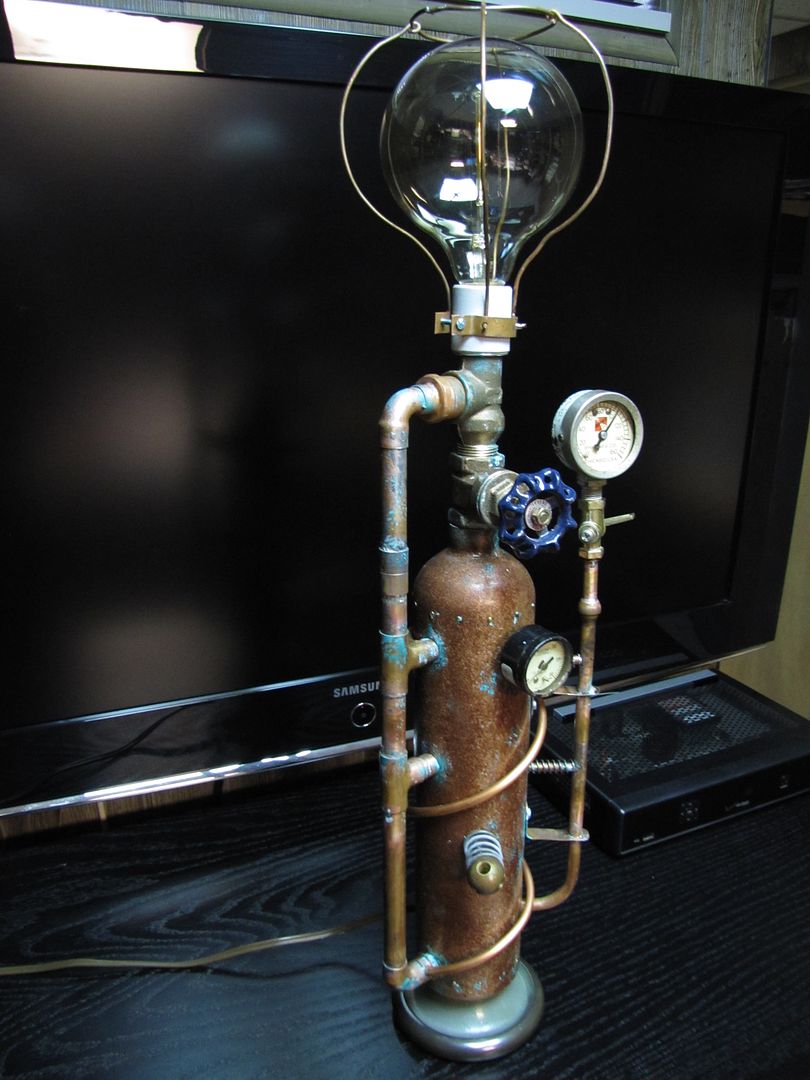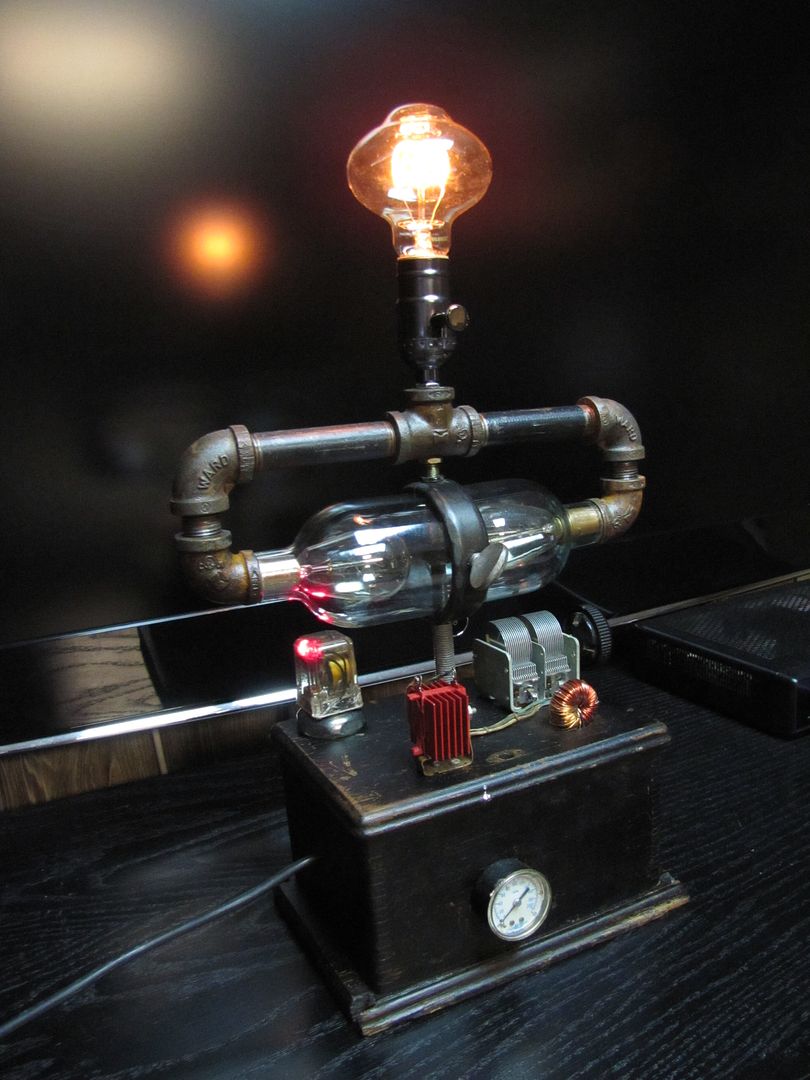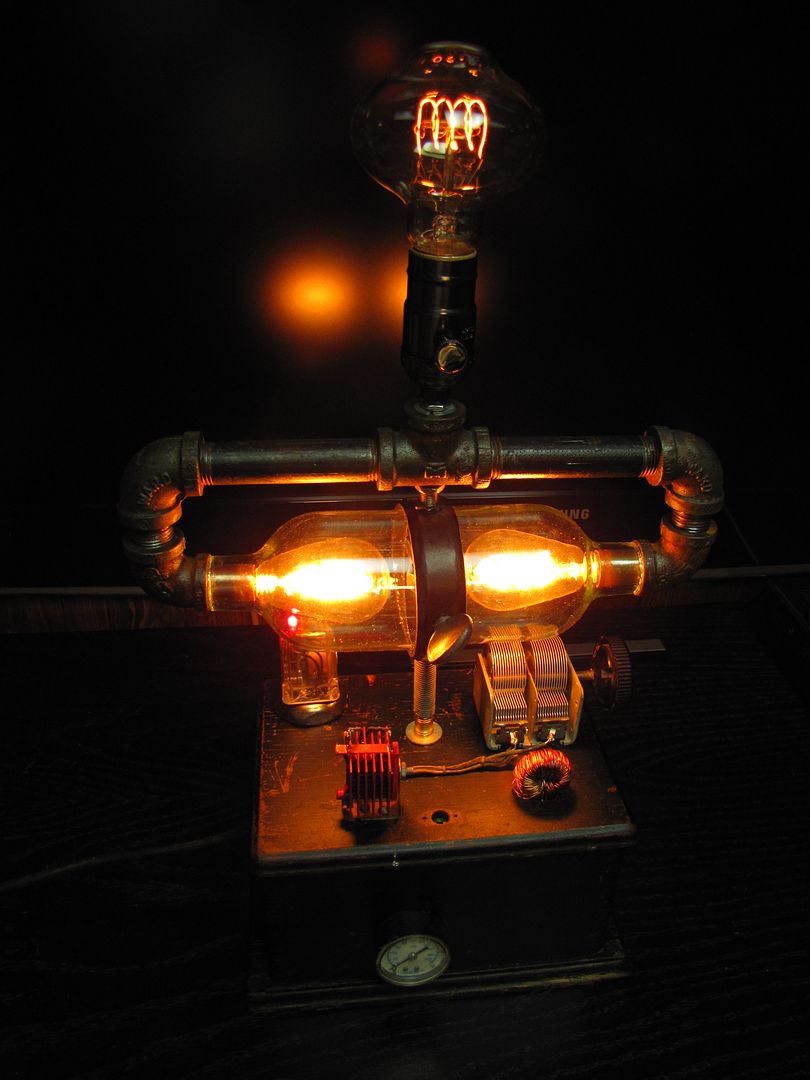Paul B
Well-Known Member
A friend gave me fifty lenses for my new water cooled LED fixture. They made a big difference and now I don't go blind when I open the front of the tank. They also cut down on the scattered light that was going all over the place as I hate to see the back of the tank. I still need about 20 more lenses and I did drop some in the water, they don't float and I can't find them. I will eventually.
The lenses didn't push on like they are supposed to because I didn't wire them the way they were meant to be wired. They came off a printed circuit board and I have wires soldered to them that does not allow the lens to fit. I solved the problem by cutting off the sides of the lens to make room for the wires. That allowed the lens to fit but they were very loose so I had to epoxy them to the LEDs which was easy.
Here is the cut lenses along with one that is not cut.

The lenses once again let the back of the tank go dark as I like it. I still need more lenses but all of the front and rear LEDs have lenses on them

The lenses didn't push on like they are supposed to because I didn't wire them the way they were meant to be wired. They came off a printed circuit board and I have wires soldered to them that does not allow the lens to fit. I solved the problem by cutting off the sides of the lens to make room for the wires. That allowed the lens to fit but they were very loose so I had to epoxy them to the LEDs which was easy.
Here is the cut lenses along with one that is not cut.

The lenses once again let the back of the tank go dark as I like it. I still need more lenses but all of the front and rear LEDs have lenses on them








